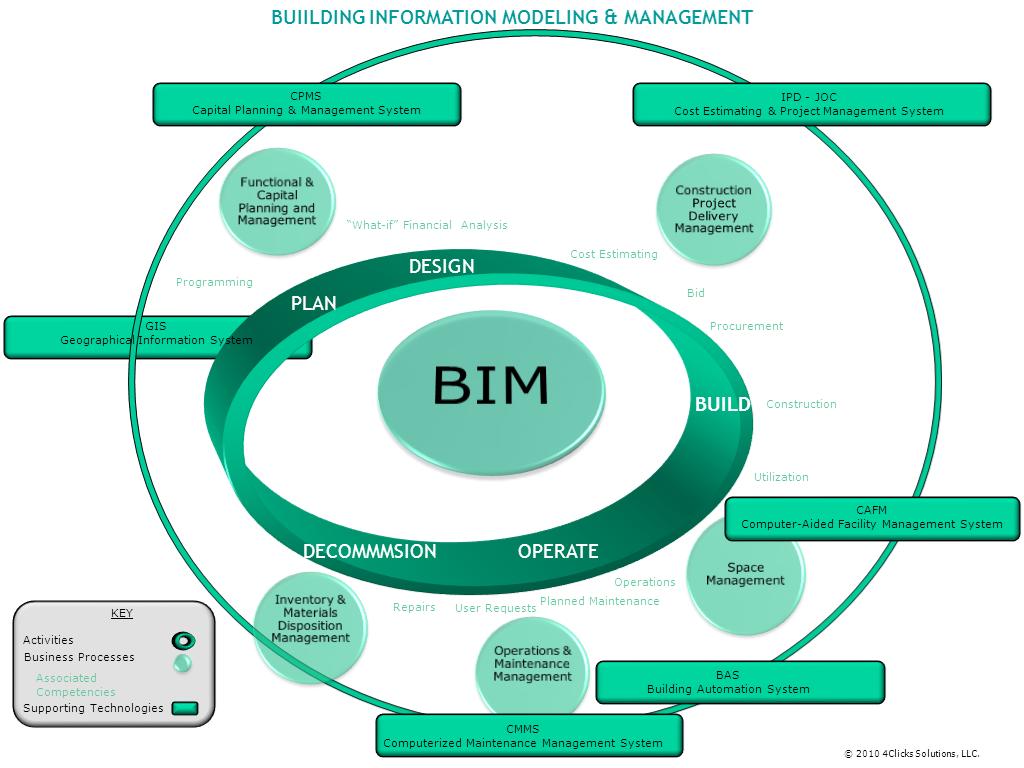
BIM CHANGES THE CONSTRUCTION INDUSTRY
Construction requires participation by a wide variety of people performing a limitless number of processes and operations. Construction is where each participant in a project manages their own part of the project while keeping their information to themselves. A single project may have hundreds of steps involving thousands of people. Technology is changing construction by helping people stay connected, increasing the speed of the decision-making process and automating functions.
Advances in technology continue to offer new solutions to the construction industry including improving processes, enabling automation and effective decision-making mechanisms, cutting down time and cost and changing current ways of working. It is as a key driver of change in the construction industry which helps shape the future of the construction industry.
The bim implementation into workplace settings has effects on the way people do their work. There are plenty of opportunities and potential players seeking ways to leverage new technologies for use in new construction and renovations.
The construction industry is undergoing radical change today. Owners demand more visibility, lower costs, better risk management and increased use of these new technologies in projects. The potential from these changes are overall highly beneficial. They will allow for less waste, more efficient energy consumption, higher productivity and ultimately lower costs over the lifecycle of the building, from design and construction to operations.
The rapid adoption of Building Information Modeling in the buildings industry has changed the way facilities are designed, constructed, and even operated. BIM includes the "intelligent objects" of a structure, such as spatial data, un-structured data, and structured data, as well as new views like scheduling and cost information.
Building Information Modeling is an innovative and collaborative way of working that is underpinned by digital technologies which unlock more efficient methods of designing, creating and maintaining our built environment. BIM’s data can be used for effective management of information throughout the project lifecycle from earliest inception through to occupation.
BIM is not just the adoption of new technology, but also incorporates new collaborative workflow. There is more emphasis on collaborative design and planning in the beginning phases of a project, so that costs and risks may be managed and contained. They can also add value to the optimization process which may lead to additional savings and benefits that may not have been readily apparent.